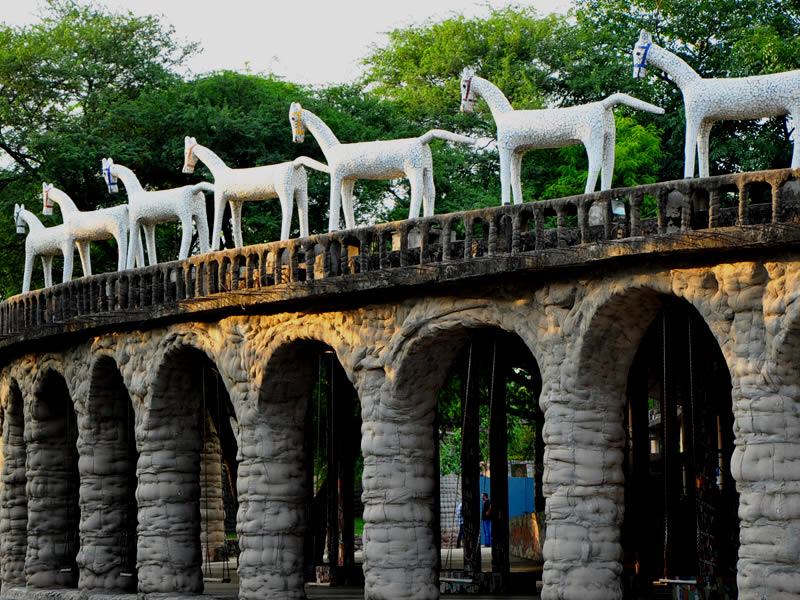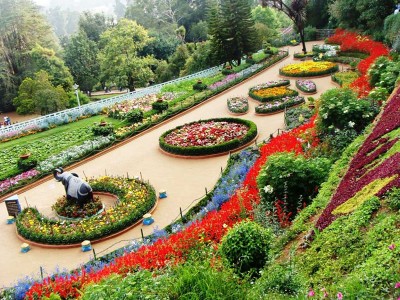Chandigarh Travel and Tourism Guide
when India got independence in 1947, Punjab was divided into teo cities: one was east Punjab that belonged to India while the west Punjab came under Pakistan. The east Punjab which was a part of India now needed a capital and this is how Chandigarh was declared to be its capital city after partition.
This city consists of several monuments and sculptures designed by Le Corbusier. One of them is Open Hand that is 26 metres high and gives you a glimpse of the real architecture of the modern style. This piece of architecture is a sign of “peace and reconciliation”.
The idea behind this creation is to inculcate the feeling of give and take. In total, there are six monuments which have been designed by Le Corbusier and includes Secretariat, Assemble and High Court. Buildings like Martyrs Memorial and Geometric Hill are not yet completed. It has been since 1956 that these buildings are left in an incomplete state and no further action is yet taken.
Chandigarh was formed on 1st November in 1966 when Haryana was created from the eastern Punjab region. The people of Haryana used to speak Hindi while people of East Punjab used their native language Punjabi to communicate with people.
As this city was on the border, therefore a decision was taken to declare it as a union territory so that it could become the capital city of both the states.
1055450








